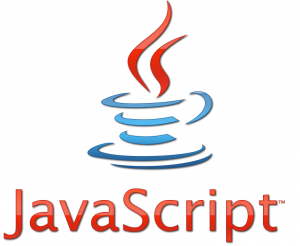 When starting out in Web design, most people want to know what JavaScript is, because it’s talked about so often when discussing blogs and other websites. The name JavaScript is actually one word spelled in camel case, which means the first letters of each word are capitalized with no spaces in between, making it look like the humps of a camel. It’s a scripting language that is extremely versatile and has been adapted to work in a wide range of applications, from game programming to Web servers.
When starting out in Web design, most people want to know what JavaScript is, because it’s talked about so often when discussing blogs and other websites. The name JavaScript is actually one word spelled in camel case, which means the first letters of each word are capitalized with no spaces in between, making it look like the humps of a camel. It’s a scripting language that is extremely versatile and has been adapted to work in a wide range of applications, from game programming to Web servers.
JavaScript’s Role on the Web
Most people beginning to learn about Web design or blogging will start by learning JavaScript’s original purpose as a scripting language for dynamic websites. It’s most often used to alter the HTML data on a Web page to change text and attributes, but it can be used for much more complex tasks, according to W3 Schools. A lot of single-page websites are written almost completely in JavaScript, and these pages are often used to collect data in surveys or display quizzes and questionnaires.
Without JavaScript, the HTML styling information of a Web page can’t be modified without loading a different URL or replacing the HTML file with a different file. Before dynamic Web programming, all sites were simple, static HTML pages that just displayed information. People in their 30s and older may remember the Internet from the 1990s, which was designed to travel over 56 Kbps dial-up connections and consisted of simple GIF images and text. Browsers in those days didn’t support JavaScript, and client-side JavaScript routines didn’t catch on until the late ’90s and early 2000s. In JavaScript programming, there are server-side and client-side applications, and the more common client-side JavaScript programs are downloaded from a website and run on the user’s computer instead of being executed remotely on a server.
JavaScript Vs. Other Languages
Although it has the word Java in its name, JavaScript isn’t related to Java in any way. Java is a different programming language that runs in a virtual machine on the client’s computer, requiring a browser plugin and Java runtime environment. With JavaScript, a browser either supports it or doesn’t, and there’s no plugin to install. All the popular mainstream browsers support JavaScript, but because it has fairly high computer resource requirements, lightweight browsers like Dillo and NetSurf don’t load JavaScript routines, making many websites inaccessible. Computers with less than 1GB of RAM can have trouble loading script-heavy Web pages, and it’s often necessary to close the browser and restart the computer when advertisements and image viewers cause a low-RAM system to freeze, according to Mozilla.
In Web programming, Java Script is most used as a template programming language, which means that it’s part of the user interface, as opposed to the business logic used to load URLs and query the database. Bloggers and online shop owners usually don’t need to worry about the nuts and bolts of Web programming, because they can simply use a content management system to post articles or shop items, but it’s still helpful to understand how HTML, CSS and JavaScript work together to display a Web page.
Related Resource: Action Script in Web Design
Web programming is one of the most important skills to have in the digital age, and JavaScript is used in one form or another on just about every website. If you have an interest in Web design, you should definitely learn about Java Script and its many important uses.
 Follow
Follow
